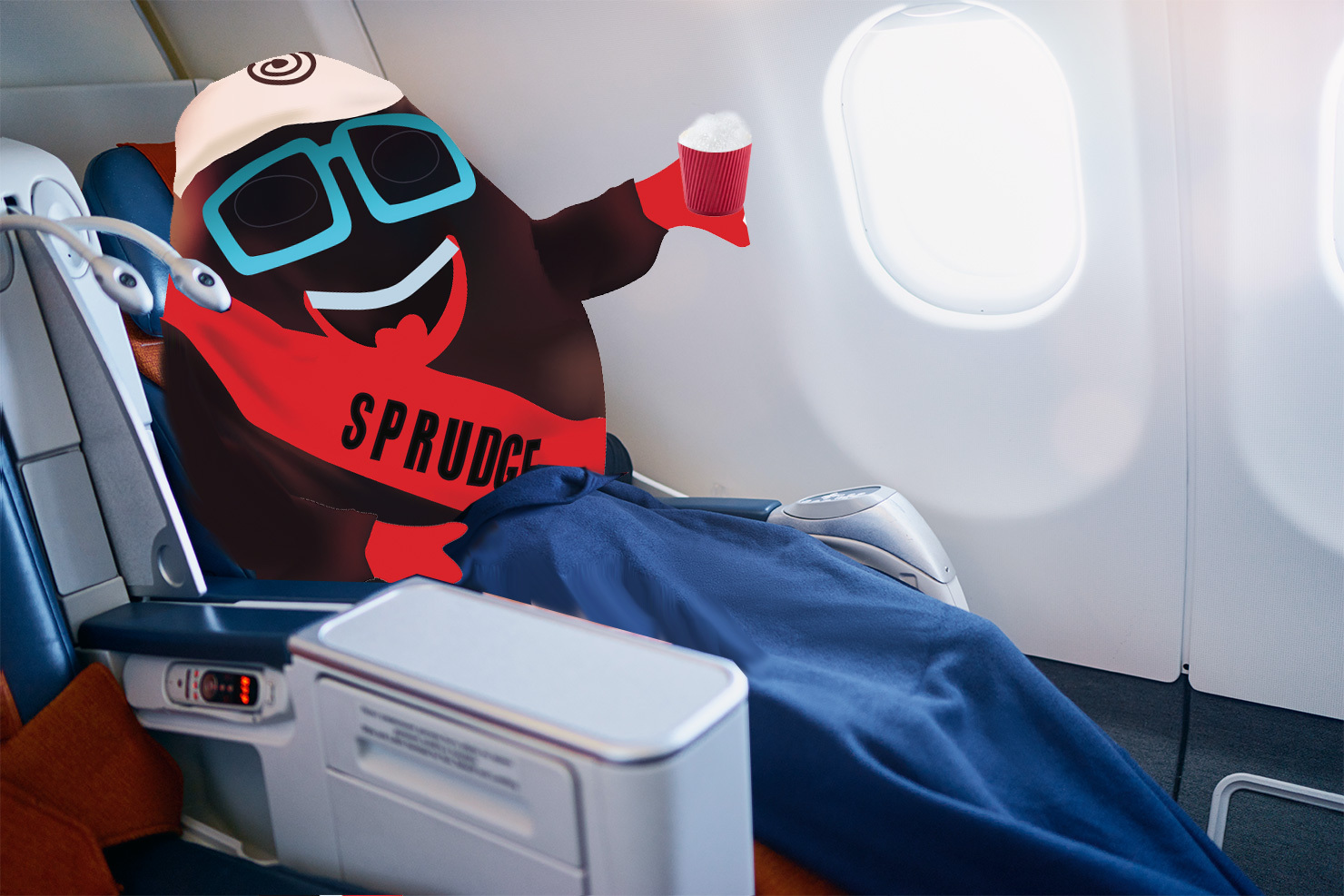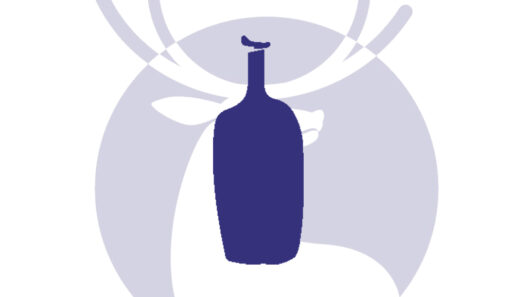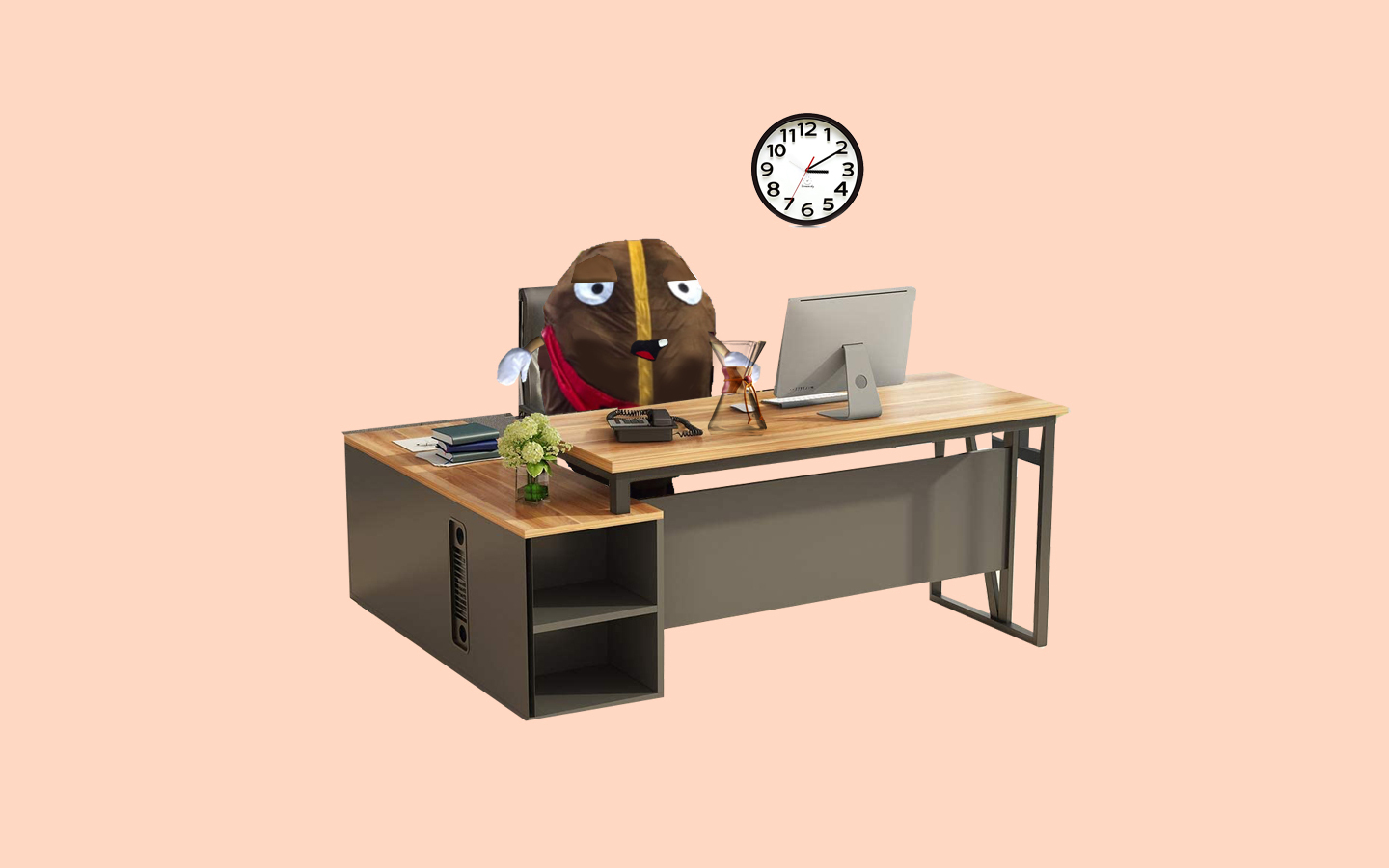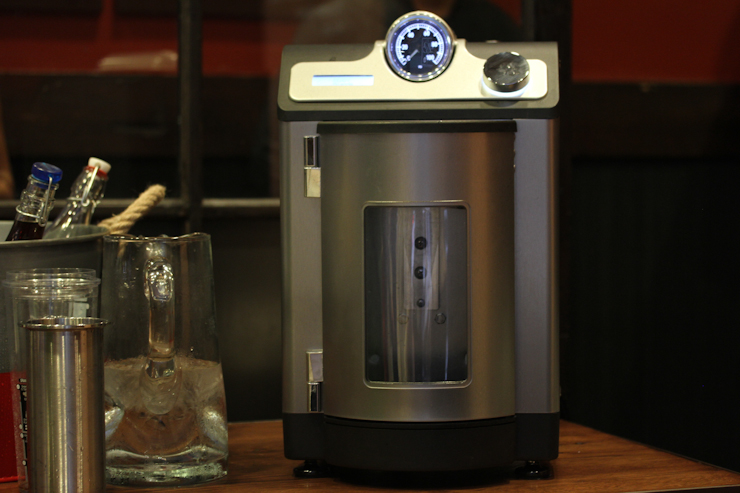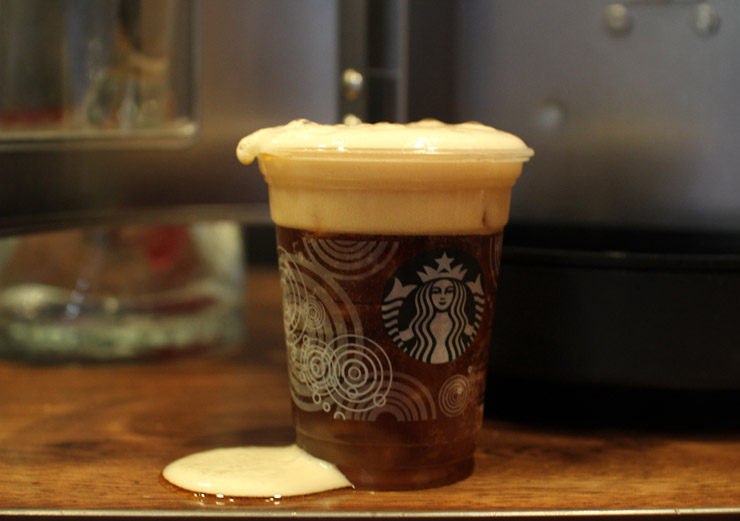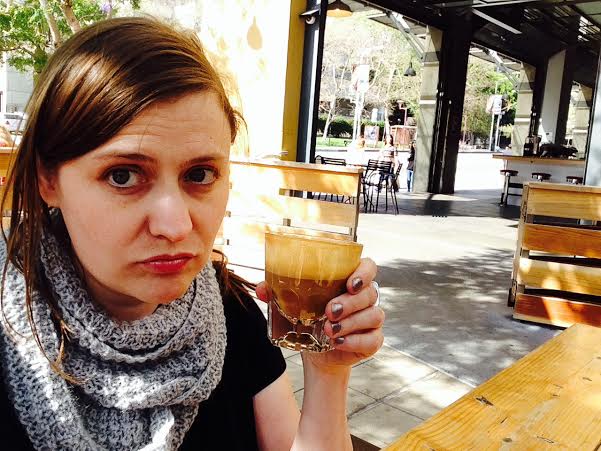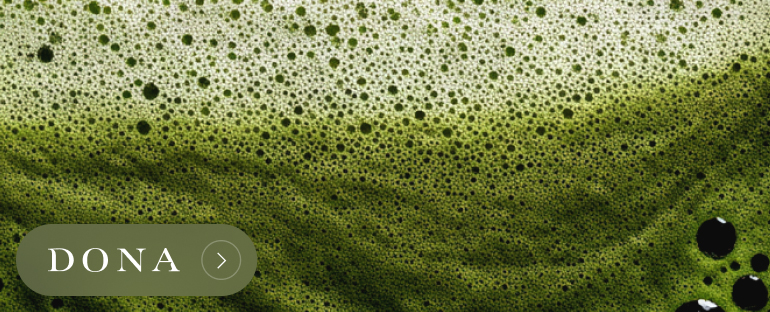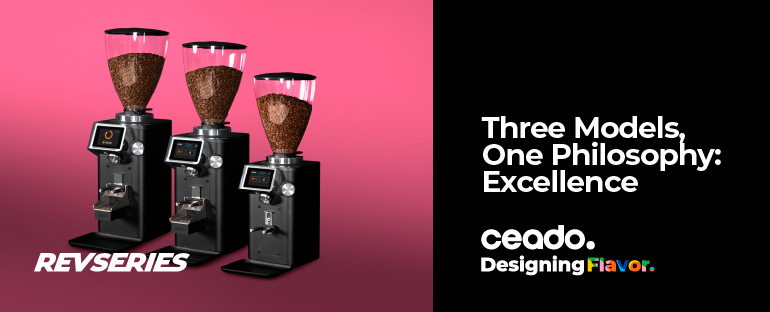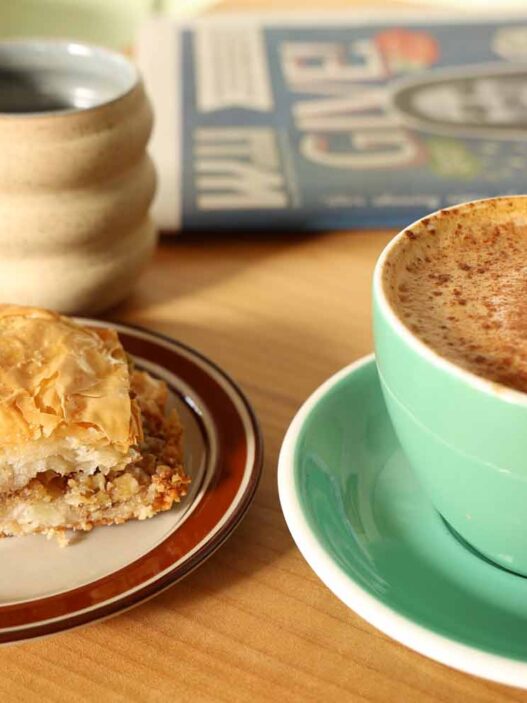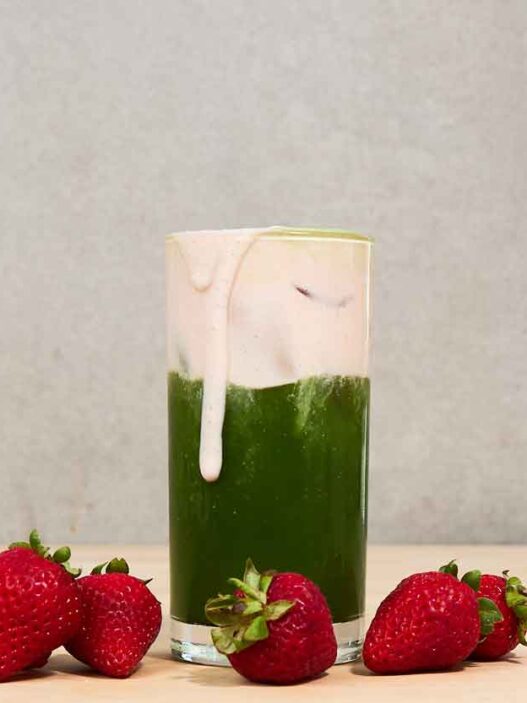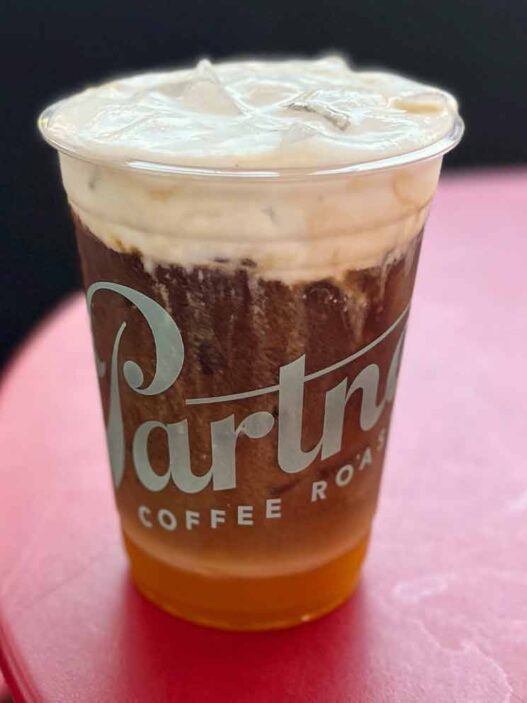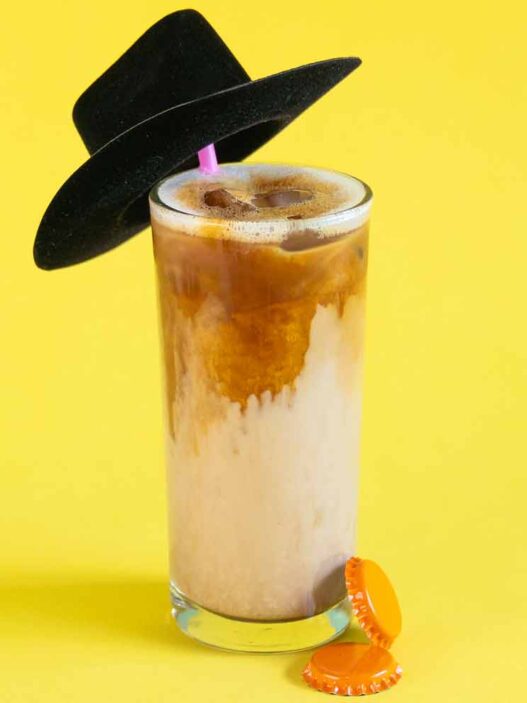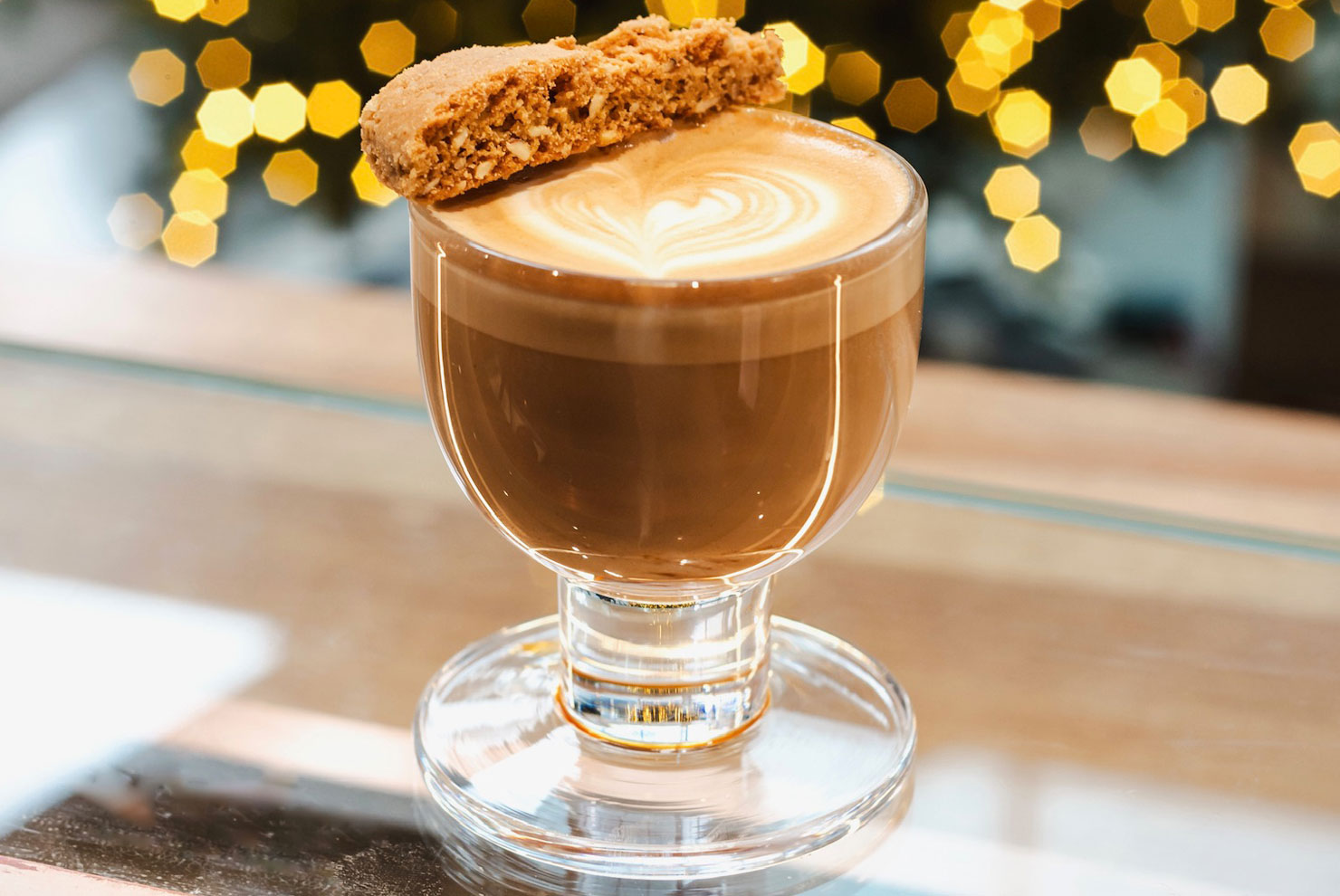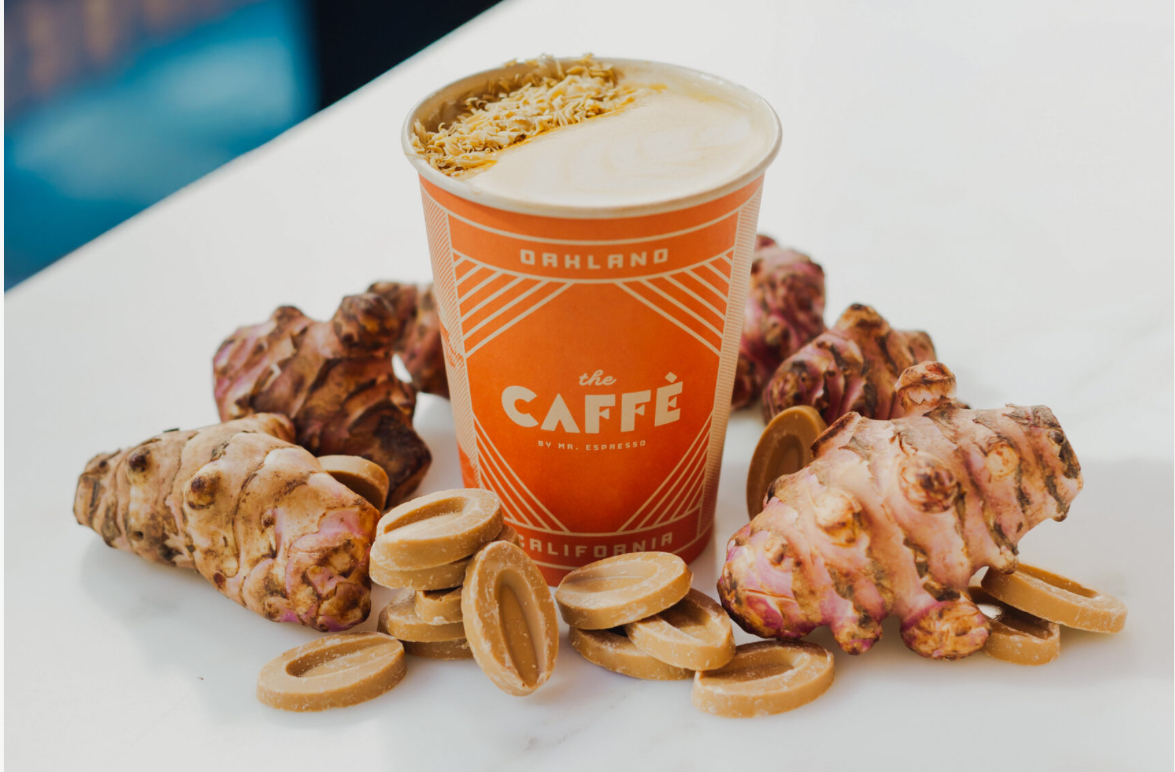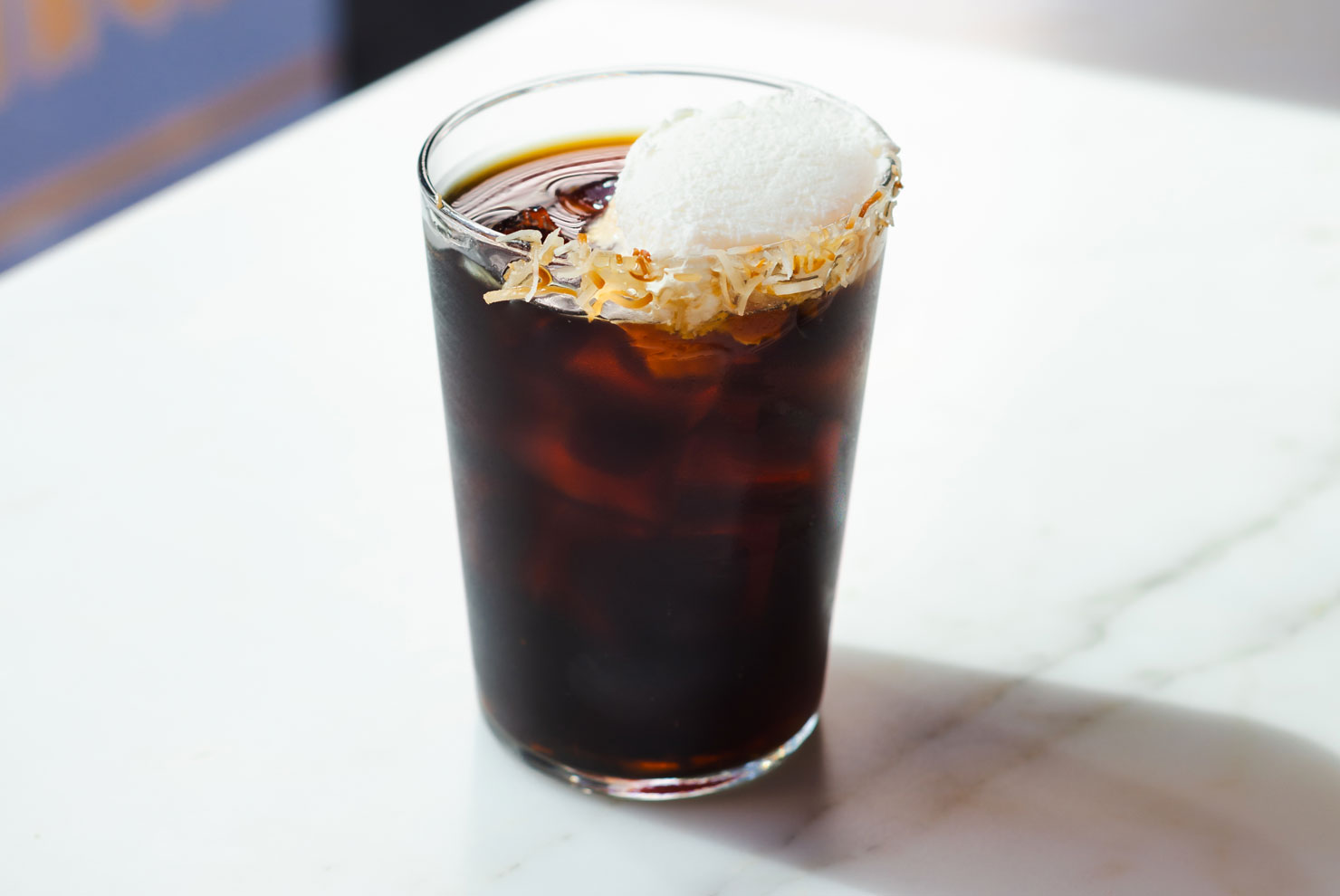We’re living in a carbo-Nation. Not one full of carbohydrates–they’re so passé–but rather, a land where everything that fizzes is fine, where what’s bubbly is better, and what’s carbonated is…well, nearly everything on the Starbucks menu, soon. Everything, that is, except coffee.
Recently in New York City, a market in which this product is not being rolled out in the near future, Starbucks introduced its new Fizzio machine to a select press audience. In coming weeks, this sleek black machine, which looks a bit like the offspring of a coffee brewer and an autoclave, will offer custom carbonation to Starbucks cold drinks menu in 3,000 shops in the company’s warmer markets across the southern United States, from Florida to California.
The Fizzio carbonator represents the first time Starbucks’ in-house engineers have independently produced a new drink technology of this scale, said developer Josh Fine. “What we typically do is go out and buy something, such as Clover, or our Verismo system,” said Fine, emphasizing that Fizzio’s genesis was entirely in-house–the result of two years of effervescent research.
Currently, the drink-bubbler is being launched with the introduction of three specialty sodas: Lemon Ale, Golden Ginger Ale, and Spiced Root Beer. Importantly, any of the drinks can be carbonated to the consumer’s preference: light carbonation, medium (the default) or extra carbonated. More importantly, any non-hot beverage on the Starbucks menu can be ordered carbonated through the Fizzio machine for an additional 50 cents, introducing seemingly endless fizzy drink possibilities.
How does it work? It’s a little more involved than your average Soda Stream. The barista first mixes soda concentrate with cold water in a special measuring vessel, then dispenses the mix into the Fizzio canister. The canister’s mounted and closed within Fizzio, which then proceeds to inject the desired amount of CO2 (using a Clover-like dial controller) into the drink–all while agitating the whole canister up and down (kinda like a Shake Weight).
Mr. Fine of Starbucks claims the machine “creates a more elegant mouthfeel than mainstream soda” due to small, dense bubbles, the more of which there are, the more aroma is released from the beverage.
What else is good to carbonate besides these new, “more elegant” sodas? Starbucks recommends their line of iced “tea” drinks, as well as their “refreshers”–cold, mostly fruity drinks with green coffee extract.
But what about……..coffee?
“We’re going to offer it, but we’re going to let people know it’s not the best experience,” advised a Starbucks marketing representative at this demo, noting that owing to the flavor of the iced coffee base it’s made with, “It’s going to have a kind of ashy taste.” Following up on this particular issue, Kristin Oke of Edelman PR, representing Starbucks and Fizzio, confirmed that all of the brand’s non-milk beverages can be carbonated on the Fizzio. “As with all beverages in our stores,” Oke advised Sprudge, “our barista promise is that you love your drink or we’ll make you another one.”
Could it be so bad? In short, yes. Though my deliciously fizzy looking Fizzio’d coffee overflowed its cup with excitement, the dark, bittersweet roast that’s selected for Starbucks’ iced coffee simply doesn’t pair well with carbonation. It falls on the tongue as simultaneously sharp, bitter and dilute, and yes, somewhat ashy–far from refreshing. You can add milk and sugar (and they won’t carbonate dairy, so you’ll have to do that in post), but…it honestly doesn’t help. For the time being, carbonated coffee-based drinks may remain the domain of smaller tinkerers–which, you know. Isn’t such a bad thing.
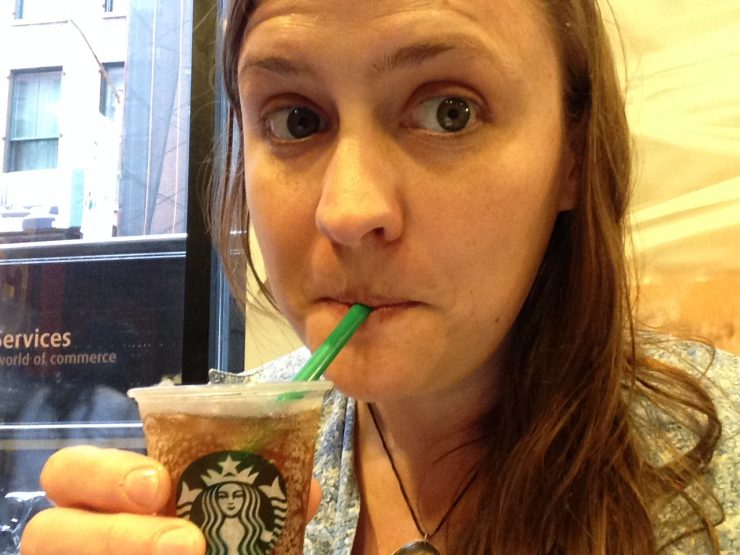
And should Soda Stream watch its back? For now, the device is limited to commercial use, but that doesn’t rule out the possibility of a consumer model in the future, as soon as Starbucks figures out how to produce it on a more countertop scale (and, no doubt, make its continued operation proprietary).
“We’re focusing on selling beverages now behind the counter,” said Fine, “but I think this machine opens up a world of opportunity.”
Liz Clayton is the Associate Editor at Sprudge.com, based in Brooklyn. Read more Liz Clayton on Sprudge.



